Ecommerce is a fiercely competitive space. In 2018, ecommerce sales grew by an impressive 23.3 percent year over year, and the total value of ecommerce sales is projected to hit a whopping $4.13 trillion in 2020. That’s what makes good ecommerce branding so important.
Because there’s so much opportunity, there is a seemingly endless number of ecommerce brands that sell everything under the sun, from t-shirts to beauty products, home goods to quirky gifts, homemade crafts to artisan food items—and just about everything in between.

And if you’re thinking about getting into the ecommerce game, it doesn’t matter what you’re selling—if you want to succeed, you need to break through the clutter, grab your ideal customer’s attention and show them why your ecommerce shop is the place they want to do business.
And one of the best ways to do that? Ecommerce branding.
Branding your ecommerce business and developing a solid ecommerce branding strategy is a must if you want to succeed in today’s uber-competitive ecommerce space.
But how, exactly, do you do that? Let’s take a look at some must-know ecommerce branding tips and ideas so you have the inspiration you need to build a distinctive, successful ecommerce business from the ground up:
- Ecommerce branding basics
- Questions to answer before you brand your ecommerce business
- Establish your point of difference
- Building your brand identity
- The key design elements you need to build your ecommerce brand
- Ecommerce branding across platforms
- Customer service in ecommerce branding
Ecommerce branding basics
—
First things first—before we dive into how to brand your ecommerce business, let’s cover the basics of what branding actually is.

When it comes to branding your business, there are three basic concepts you need to understand. Let’s call them the “three B’s”—brand, branding, and brand identity.
- Your brand is the perception of your business out in the world and with your customers.
- Branding is a verb; it’s the act of shaping your own unique, distinctive brand and the active practice of bringing your brand to life.
- Your brand identity is all the elements your business brings to life—like your logo, your packaging and your website—to send your brand message to your audience.
Each of the three B’s is a different piece of the brand-building puzzle. And you want to build a successful, sustainable ecommerce business, you need all three pieces of the puzzle.
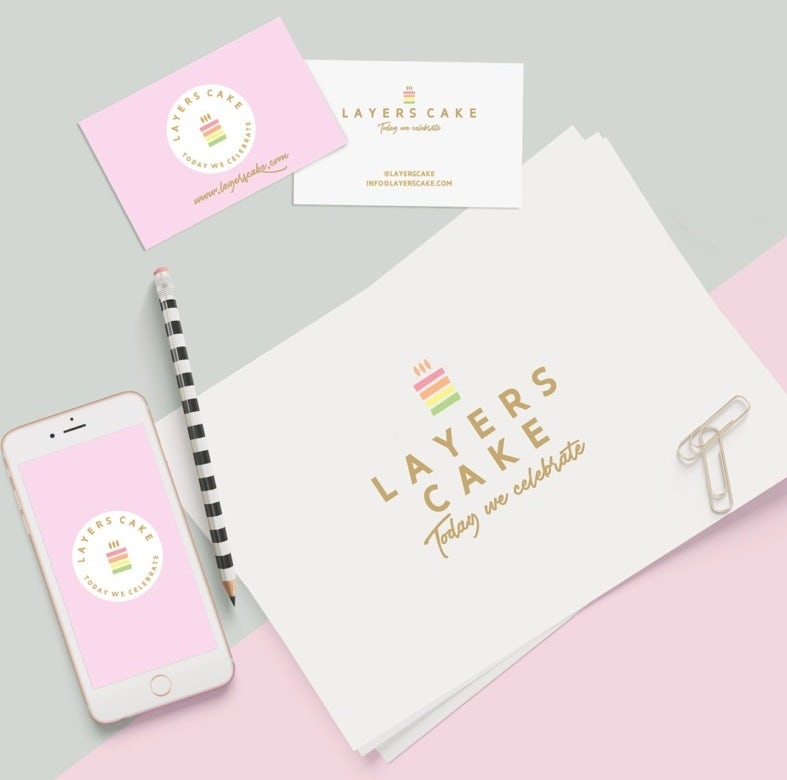
Questions to answer before you brand your ecommerce business
—
You’re excited about your business, your products, and getting them out into the world. And in that excitement, you might be tempted to jump right into the process of ecommerce branding.
But if you want your brand to really stand out and effectively reach your ideal customers—which is getting increasingly difficult in the hypercompetitive ecommerce space—there are some key questions you need to answer before you start building your brand.
Some of the questions you may want to ask yourself before you start building your brand include:
- Who are you? Your personal identity is who you are as a person—your personality, your voice, your unique qualities that differentiate you from other people. And it’s the same thing for your business. So, before you start the ecommerce branding process, it’s important to define that identity and ask yourself who you are as a business—and how do you want to communicate that identity to your audience?
- If you could describe your brand in three words, what would they be? Boiling your brand down to a few adjectives can help streamline the process and drive your branding strategy.

- What are your competitors doing—and how are you different? The last thing you want is to build a brand that’s just more of the same. So what makes you different? Look at what’s working for your competitors, what’s not working for your competitors and how you can expand or improve on those elements to build a more attractive (and ultimately, more successful) ecommerce brand. So, for example, maybe your main competitor has a brand voice that your customers really connect to, but their checkout process is a disaster. You can focus on building a distinct brand voice, but also make sure your checkout process is fast, easy, and straightforward—which will help to differentiate your brand from the competition and appeal to your customers.
- What are your mission and values? People want to do business with brands that align with their personal missions and values, so taking the time to define your brand’s mission and values can help you better align with your target audience.
- Who is your ideal customer…? You can’t build a brand that’s going to connect with your ideal customers if you don’t know who your ideal customers are. Take the time to research the market, identify which customers you want to target and create an ideal customer avatar to help guide your branding decisions.
- ….and what is your ideal customer looking for in an ecommerce brand? When you’re building a brand, you want to make sure it’s in line with what your customers are looking for. Once you know who your customers are, make sure you’re building an ecommerce shop that solves a problem or delivers on a key want or need.


So, for example, let’s say you’re launching an ecommerce beauty brand. When you define who you are, you realize you want to be the edgiest color brand on the market. You’re edgy, sophisticated and in-your-face. Your competitors are all playing it safe, but you’re stepping outside the box to launch innovative products and unexpected color palettes to really grab your ideal customers’ attention—millennial and Gen Z’ers in the social media beauty influencer community.
Taking the time to answer these questions will give you a deeper idea of who you are as a brand, who you’re targeting, and what direction you’re headed—which will help you better structure your ecommerce branding process.
Establish your point of difference
—
With a seemingly endless array of ecommerce shops (and more launching every day), your customers have more options than ever. And so, one of the biggest challenges of ecommerce branding is finding a way to stand out. And that’s where your point of difference—or your POD—comes in.
Your POD is like your “brand special sauce;” it’s what sets you apart and convinces your customers they should buy from you instead of your competitors—and it should be infused into every part of your branding.

So, for example, your POD might be that you only sell products that are sustainable and ethically sourced. That messaging should be a focal point of every part of your branding; it should feature on your packaging, on your “about page,” on your social media profiles…wherever a potential customer interacts with your brand, they should immediately be clued into your commitment to ethical sourcing and sustainability.
Not sure what your POD is? No problem! That just means it’s time to do a little brand soul searching.
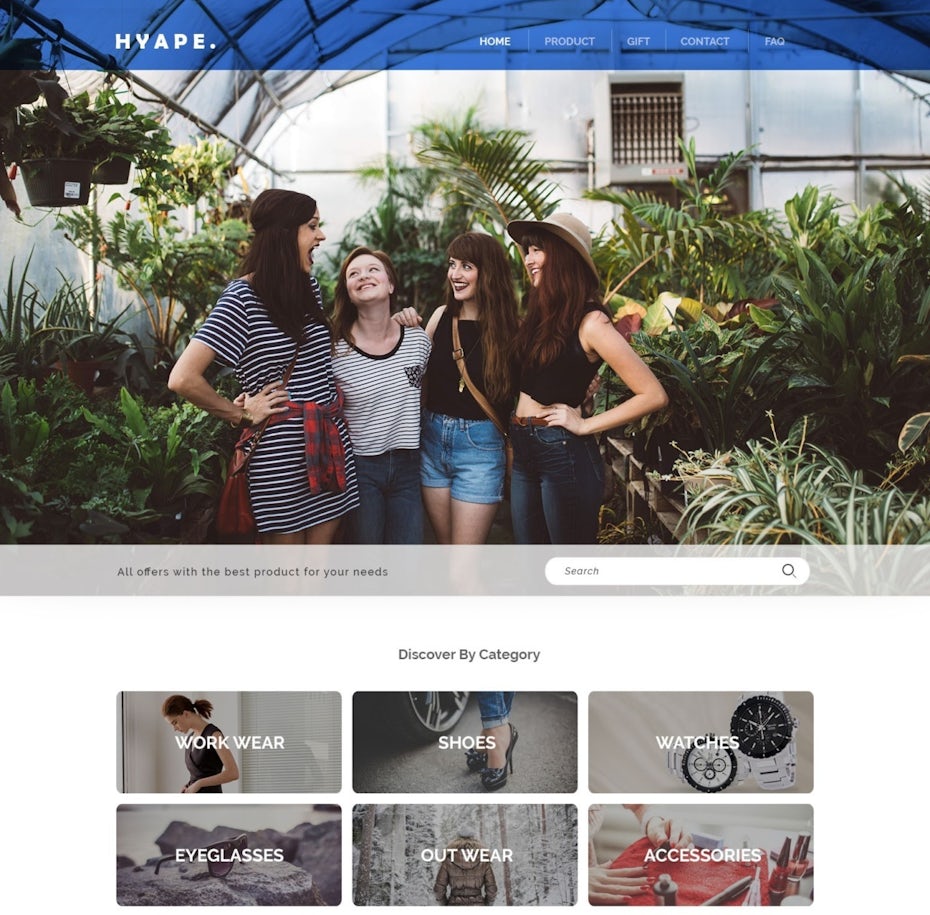
If you’re trying to figure out your point of difference, some questions you may want to ask yourself include:
- What does our brand do better than anyone else?
- Why would our customers choose to work with us over competitors?
- What do we stand for as a brand?
Digging deep on who you are and how you’re different can help you develop a strong point of difference, which can help you break through the ecommerce clutter and establish yourself as a unique brand that customers want to do business with.
Building your brand identity
—
The next step of the ecommerce branding process? Building your brand identity.

There are a few key design principles and elements you’ll want to define before you move too far into branding your ecommerce business, including:
- Typography. The fonts you use in your designs (whether that’s your website, your packaging or your business card) can send a strong message about your brand to your customers. For example, using a traditional serif font is going to send a very different message than a more whimsical script font—and while the serif font would be a great fit if you were selling watches to an older audience, the whimsical script font would be a better choice for an ecommerce children’s clothing store. The point is, make sure whatever fonts you choose for your brand are in line with the message you’re trying to send.
- Color palette. Color is one of the most powerful tools in your branding tool belt. People tend to have strong associations with color—and when you understand those associations, you can use your brand colors strategically to inspire specific emotions, reactions and behaviors with your audience. For example, if you’re launching an ecommerce shop focused on organic, all-natural foods, you might want to consider green, which people associate with nature. If you’re launching a line of high-end electronics, you might focus on black, which is typically viewed as sleek, sophisticated, and modern.
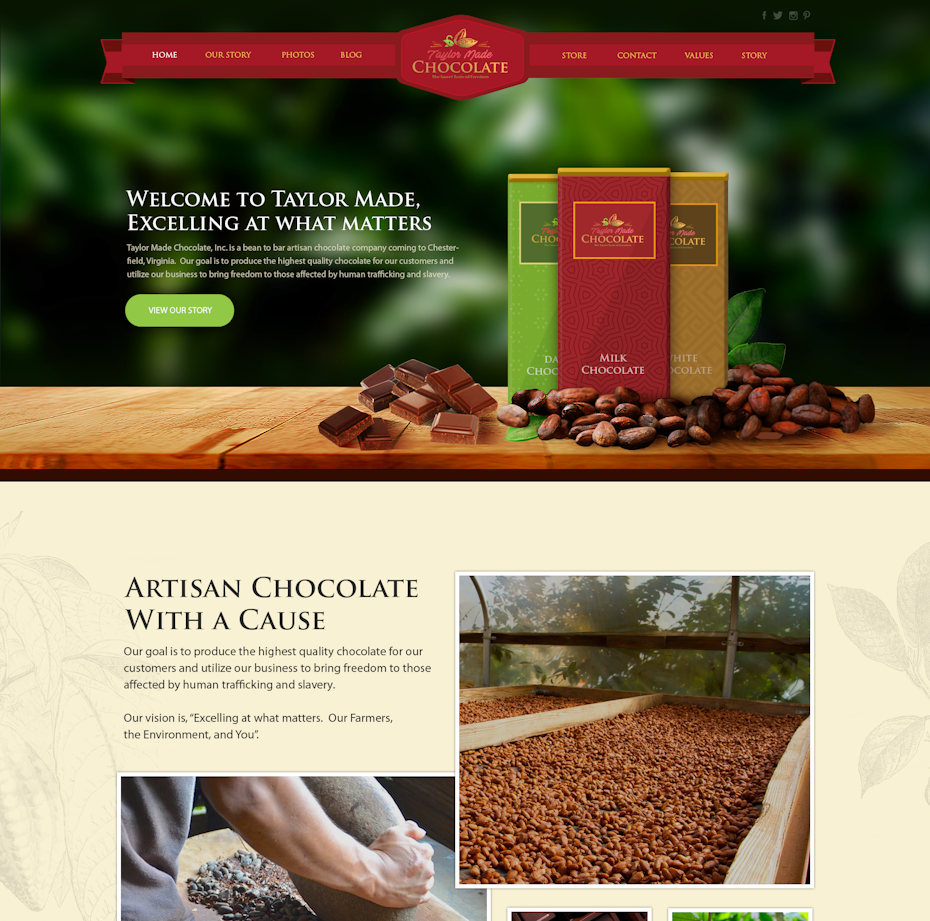

- Form/shape. A sharp, angular logo is going to lend a very different look, feel, and vibe to your ecommerce brand—and ultimately send a very different message to your customers—than something round, soft or more organically shaped. So, for example, if you’re launching an ecommerce shop that sells computers, cell phones and other electronics, a more angular design will feel more cutting-edge and high-tech, which would fit with your overall branding. On the flip side, if you were launching an ecommerce shop that sells essential oils, something more round and organic would make more sense.
- Brand voice. Your brand voice is an essential part of your branding—and defining your voice from day one is a must to ensure a consistent brand experience for your customers. For example, if you’re building an ecommerce brand around being edgy and dark, that voice should come across in all your branding elements, like your web copy, your email marketing and your social media posts.
The key design elements you need to build your ecommerce brand
—
Once you’ve fleshed out the basics of your brand identity, it’s time to take those basics and use them to start designing the key brand elements for your ecommerce brand.
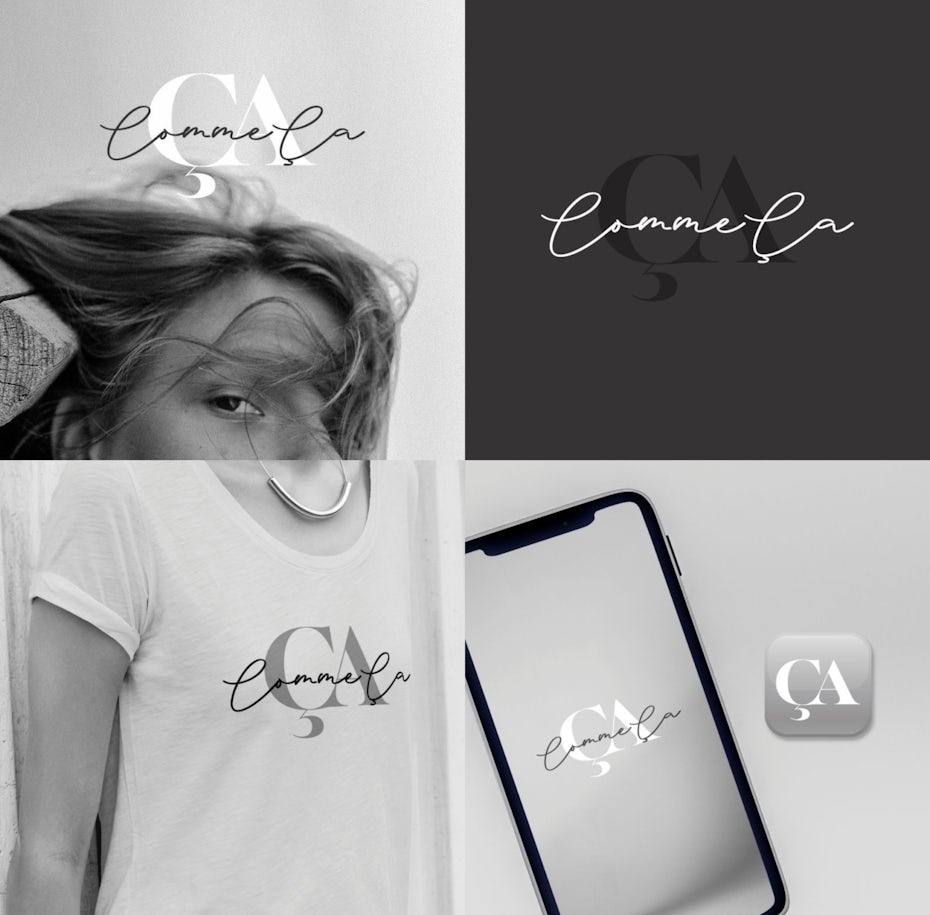
There are a few brand elements any brand needs to launch a successful ecommerce operation, including:
- Logo. Your logo is like the face of your ecommerce brand—and because it’s so customer-facing, it’s also one of the most important elements you’ll design during the branding process.
- Website. The bulk of your ecommerce business will take place on your website, so taking the time to create a website that’s well-designed, attention grabbing and on-brand is a must.
- Packaging. Packaging is the first thing customers will see when they open your ecommerce shipment—so it needs to really WOW them. Packaging can also help you stand out from other ecommerce shops that are selling similar products and help you carve out a distinctive identity within your niche.
- Business cards. Even though you’re running your business online, you want to be able to make connections IRL—and having branded business cards on hand can help you make those connections when the time comes.
- Merchandise. Consider creating branded merchandise such as t-shirts or stickers to carry your brand even further.
And before you launch, you need to have them all designed and ready to go—and make sure they tell the story of who you are (and who you want to be) in the ecommerce space.

Ecommerce branding across platforms
—
Obviously, you want your ecommerce website design to be a clear representation of your brand. It should incorporate all your branding elements, like your color palette, your brand voice and your brand fonts. But if you really want your ecommerce venture to be successful, your customers need to have a consistent experience with your brand no matter where they encounter it.

When you’re building your brand strategy, it’s important to think about how you’re going to brand across different platforms and touchpoints, including:
- Your website
- Your social media platforms
- Ads
- Email marketing
- Press and brand partnerships
So, for example, if you use an edgy brand voice on your website, that voice should come across in your marketing emails—otherwise, your customers might not connect your emails with your ecommerce shop (and might send your messaging straight to their Trash box).
If you use a specific color palette in your website design, you should use those colors to create templates for your emails, marketing collateral, and social media images—that way, there’s a consistent thread that flows from your website to your other brand touchpoints, which drives brand recognition and visibility.

It’s also important to create a sense of consistency with brand partnerships. For example, if you’re partnering with social media influencers, you need to choose influencers that align with your overall branding and your target audience (so, if you’re launching an ecommerce shop targeted towards adults in the 50+ age range, it doesn’t make sense to partner with an Instagram influencer with millennial followers).
Then, once you find the right partnership opportunities, you need to inform your new partners on your brand messaging and make sure that messaging comes across in their sponsored posts.
The point is, you want your branding to be consistent and strong no matter where your customers encounter your business. That consistency will help your customers get to know—and, ultimately, start to trust—your brand.
Customer service in ecommerce branding
—
When people shop online, they’re expecting a certain level of professionalism—and if you want your ecommerce shop to succeed, you need to deliver.
Top-notch customer service is an important part of ecommerce branding for a variety of reasons, including:
- It builds trust. If you want your ecommerce business to succeed, your customers need to trust you. And knowing that you’re committed to providing a high level of service is a great way to start (and, over time, continue) building that trust.
- It adds convenience for your customers. When someone has to reach out to customer service—for example, for issues with an existing order—the last thing they want is to have to jump through a thousand hoops. By making your customer service process fast and easy, you’re giving your customers the convenience they’re looking for.
- It can transform first-time customers into repeat buyers. If you impress your customers with your stellar service from day one, they’re going to be far more likely to continue to shop with you moving forward—which is huge in supporting the growth of your ecommerce brand.
Not only is it important to provide top-notch service to your customers, but you also need to make sure that service ties into your overall branding.

Your branding should play a large role in defining your customer service policies, procedures and best practices. For example, if part of your branding is built around offering convenience to your customers, a no-hassle return policy is a must.
If your ecommerce brand has a distinct brand voice (which it should!), you need to train your customer service reps on that voice and how to communicate it to customers—that way, when a customer reaches out with an issue, the service they get from your CSR feels consistent with the overall experience they’ve had with your brand.
If your ecommerce brand is friendly, approachable, and relationship-based, your customer service process should be the same, and include things like live support and plenty of follow-ups with the customer to make sure their issue was resolved to their satisfaction.
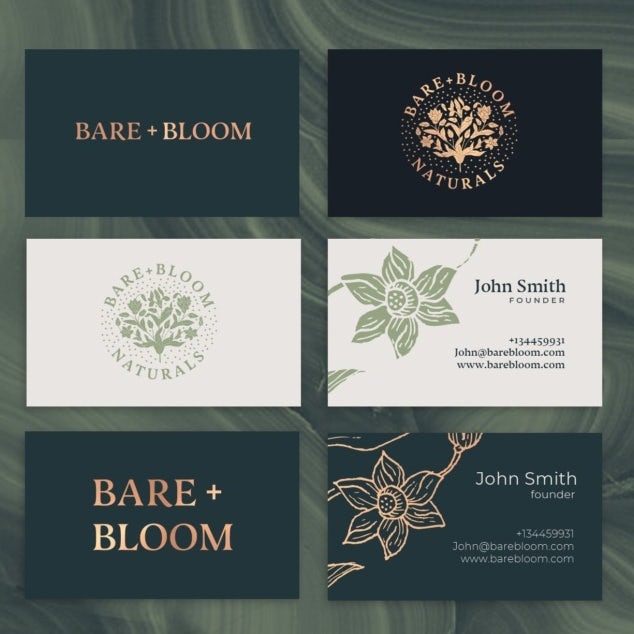
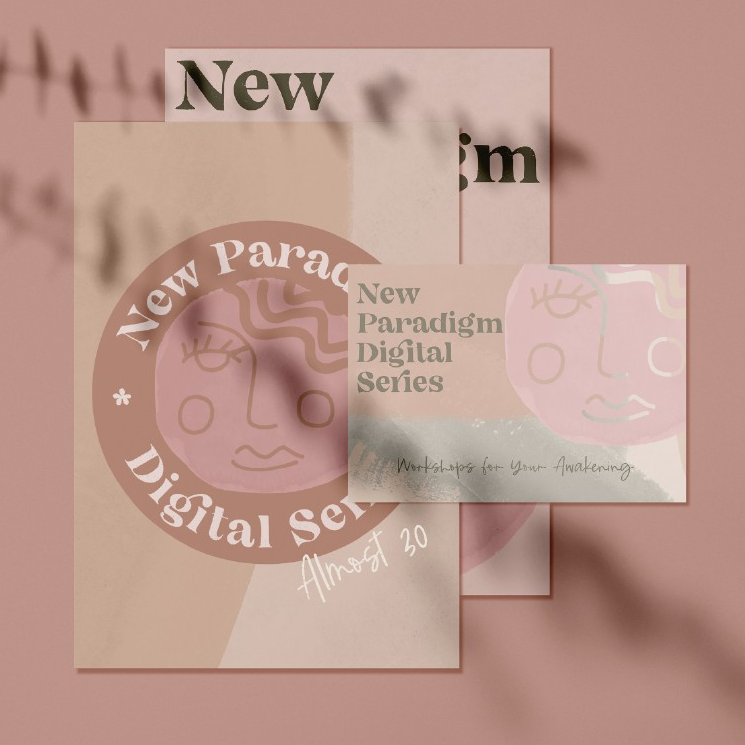
Building a relevant, successful ecommerce brand is important. But if you really want that brand to thrive, providing an unparalleled level of service to your customers—and making sure that service is aligned with your branding—is just as important.
Get out there and build a successful ecommerce brand
—
Ecommerce branding can feel complicated. But now that you know exactly how to build a successful ecommerce brand from the ground up, all that’s left to do? Get out there and get branding!
Need help branding your ecommerce business?
Our designers can create the perfect look for your brand.
The post Ecommerce branding: the complete guide to branding your online shop appeared first on 99designs.
Ecommerce branding: the complete guide to branding your online shop posted first on https://www.lilpackaging.com
No comments:
Post a Comment